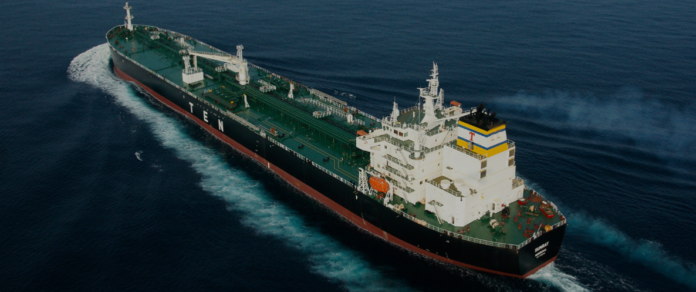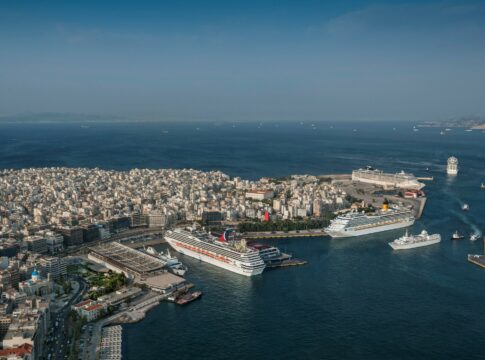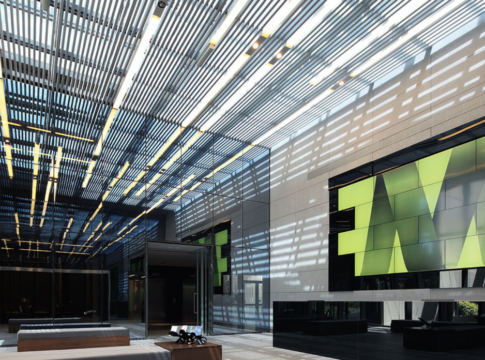The order book for new “green” ships of Tsakos Energy Navigation reached double digits, while profits recorded significant growth in the first half.
More specifically, the company listed on the US stock exchange announced that it signed an agreement for the construction of two MR product tankers, which will be equipped with scrubbers and will be delivered in the first quarter of 2026.
Tsakos Energy Navigation’s order book now includes 10 tankers, of which four are aframaxes with dual fuel engines, two DP2 shuttle tankers, two suezmaxes and two MR2 tankers. Deliveries begin in the third quarter of this year and continue until 2026.
“Benefiting from the positive environment in the tanker market, the company sold part of the first-generation tankers in its fleet and reinvested the proceeds in new and environmentally friendly vessels, distributed dividends on common shares and significantly reduced preferred shares,” president and COO, Giorgos Saroglou, commented.
The listed company’s fleet consists of 68 ships, crude tankers, product tankers and LNG carriers, with a total capacity of 8.4 million dwt, including units under construction.
Spectacular profitability
The favorable conditions in the markets of tankers and LNG carriers and the attractive charters secured by the listed company in the previous period significantly strengthened the financial results in the first half.
More specifically, revenues rose 32% to $482.6 million in the January-June 2023 period, from $366.4 million in the same period in 2022. Shipping profits soared 350% to $237.1 million, up from $51.7 million last year.
In the second quarter, revenues increased to $221.4 million compared with $216.7 million in the same period last year, while profits rose 31% to $60.6 million from $46.2 million.
Referring to the tanker sector, the company noted that the uptrend was driven by favorable supply and demand fundamentals as well as favorable trade shifts as a result of the war in Ukraine.
The fleet’s average daily time charter reached $40,182, up 64% from $24,529 in the first half of last year.
Moreover, increased transport needs for long-distance travels pushed the charter fleet coverage to 95.3%.














